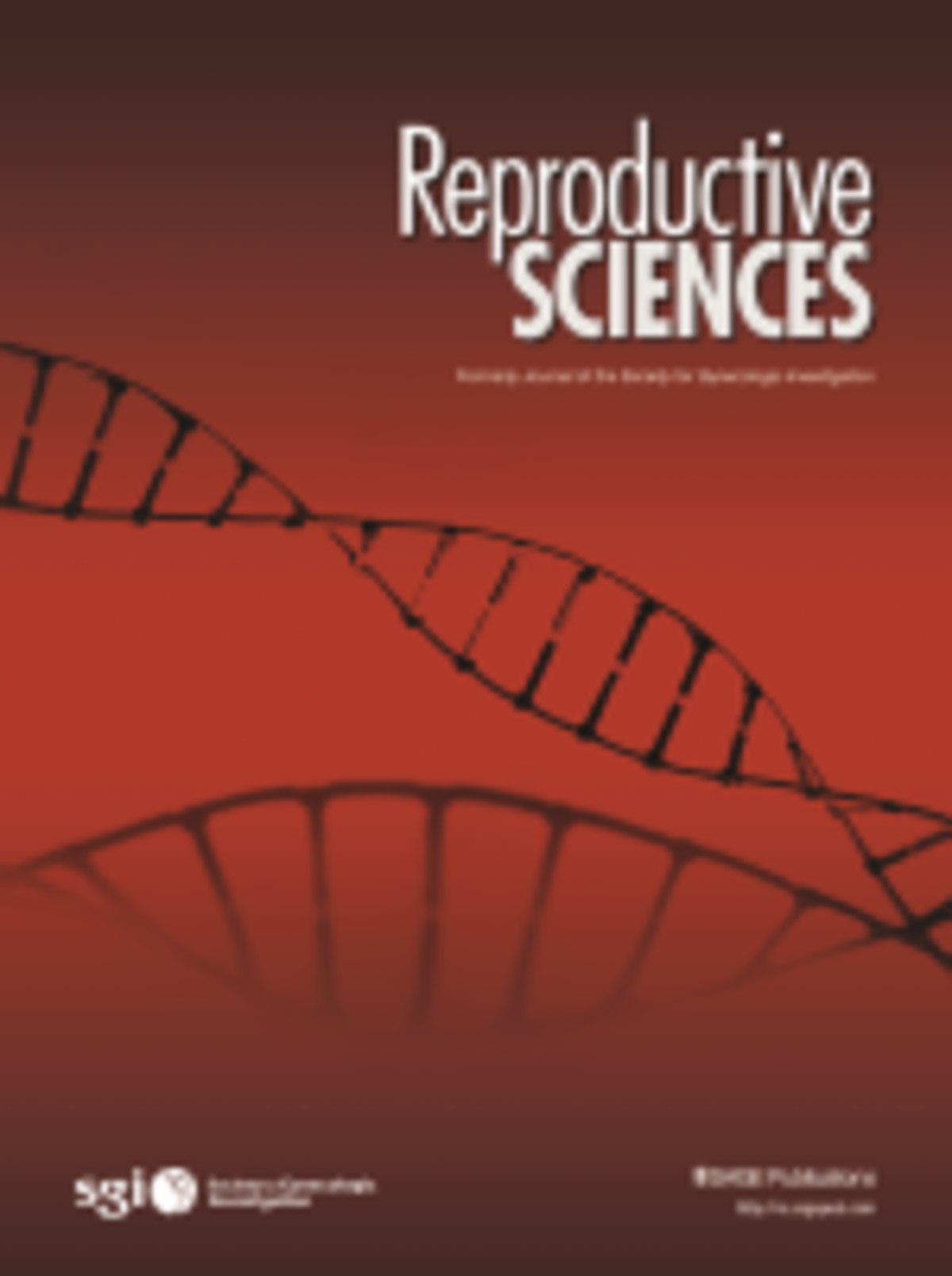
“Autism spectrum disorder (ASD) is a complex neurodevelopmental disorder that begins in infancy. Although the etiology and pathogenesis are poorly understood, many studies have shown that ASD is closely related to structural and functional defects in the nervous system, especially synaptic transmission. The endocannabinoid (eCB) system is an important regulatory system of the central nervous system that regulates neurotransmission and synaptic plasticity and plays an important role in emotional and social responses and cognitive function. The relationship between eCB system and ASD has attracted increasing attention from scholars. In this review, we discuss the complex lipid signaling network of the eCB system, intracellular transport pathways, abnormal expression and association with various neurological diseases, and direct and indirect evidence for the link between eCB and ASD. Collectively, the findings to date indicate that the eCB system plays a key role in the pathophysiology of ASD and can provide new insights into potential interventions and rehabilitation strategies for ASD.”
https://www.ncbi.nlm.nih.gov/pubmed/30858029
https://www.sciencedirect.com/science/article/abs/pii/S0736574818302995?via%3Dihub







 “Substance use disorder is characterized by repeated use of a substance, leading to clinically significant distress, making it a serious public health concern. The endocannabinoid system plays an important role in common neurobiological processes underlying substance use disorder, in particular by mediating the rewarding and motivational effects of substances and substance-related cues. In turn, a number of
“Substance use disorder is characterized by repeated use of a substance, leading to clinically significant distress, making it a serious public health concern. The endocannabinoid system plays an important role in common neurobiological processes underlying substance use disorder, in particular by mediating the rewarding and motivational effects of substances and substance-related cues. In turn, a number of 
